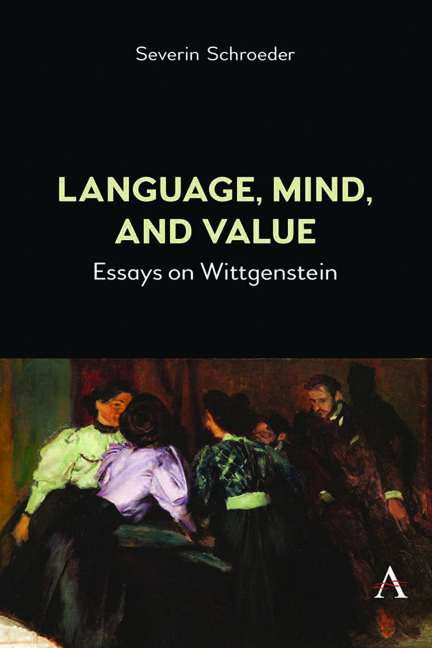12 - ‘Too Ridiculous for Words’: Wittgenstein on Scientific Aesthetics
Published online by Cambridge University Press: 13 April 2024
Summary
Scientific aesthetics
In one of his lectures in 1938, Wittgenstein comments on the idea of a science of aesthetics:
You might think that Aesthetics is a science telling us what's beautiful – almost too ridiculous for words. I suppose it ought to include also what sort of coffee tastes well. (LC 11)
The idea of such a ‘science of aesthetics’ goes back to the 19th century, when Gustav Theodor Fechner, in his Vorschule der Ästhetik (1876), studied people's preferences for certain shapes and colours in the hope of ultimately reaching a psychological understanding of complex aesthetic experiences. Such hopes are much more widespread today, when empirical psychology has been joined by neuroscience as a provider of systematic research in order to resolve questions in aesthetics. In the introduction to a recent interdisciplinary book on ‘Aesthetic Science’, Arthur Shimamura appears to confirm Wittgenstein's contemptuous suspicion that the envisaged science would also be regarded as responsible for pronouncing on the taste of coffee, as he defines ‘aesthetics’ as ‘any “hedonic” response to a sensory experience’ (Shimamura 2011, p. 4). Shimamura distinguishes six questions for scientific aesthetics (pp. 2, 4), selecting only the last three as the focus of his edited collection:
[1] What is art?
[2] Why do humans make art?
[3] What is art's function in modern society?
[4] What happens when we experience a work of art?
[5] What does it mean to have an aesthetic experience?
[6] Can science help us derive general principles about aesthetics, or is there really “no accounting for taste”?
Scientific answers to question [1], the question of the nature of art, have been suggested by neuroscientists. Thus, in 1999, V. S. Ramachandran and W. Hirstein claimed to have discovered ‘what art really is’ – namely caricature, an exaggerated representation of things able ‘to more powerfully activate the same neural mechanisms that would be activated by the original object’ (Ramachandran & Hirstein 1999, pp. 16–17). An example of this is Indian sculptures of women with uncommonly big breasts (ibid., p. 18).
- Type
- Chapter
- Information
- Language, Mind, and ValueEssays on Wittgenstein, pp. 183 - 198Publisher: Anthem PressPrint publication year: 2024



